Vision Pro’s Technological Leap: Is It Creating a Developer Crisis?
The Apple Vision Pro is a revolutionary mixed-reality headset that marries augmented reality (AR) and virtual reality (VR) capabilities. By integrating these technologies, Apple has created an immersive experience that is pushing the boundaries of entertainment, productivity, and communication. However, while this technological leap has been hailed as a game-changer, it also poses significant challenges for developers. Is the Vision Pro creating a developer crisis?
Understanding the Vision Pro's Technological Leap
The Vision Pro's groundbreaking technology is its greatest asset. It offers a highly immersive experience through its AR and VR integration, high-resolution display, spatial audio, eye and hand tracking, and custom design powered by Apple Silicon. These features offer a wide range of applications, from entertainment to professional use.
However, this leap in technology means that developers need to adapt and learn new programming languages, design principles, and tools to create content and applications for the Vision Pro. This steep learning curve can be daunting and time-consuming, leading to a potential crisis for developers already spread thin with current development projects.
Challenges Faced by Developers
1. Learning Curve
With the Vision Pro, developers are dealing with an entirely new platform that requires a different set of skills. The steep learning curve can be overwhelming, especially for smaller development teams with limited resources.
2. High Development Costs
Creating high-quality AR and VR experiences can be costly. Developers need to invest in specialized tools and software, not to mention the time and effort required to create immersive and engaging content. For smaller studios or independent developers, these costs can be prohibitive.
3. User Experience Design
Designing for AR and VR presents unique challenges. Developers must consider factors like motion sickness, user comfort, and interaction design. Creating an engaging and comfortable user experience requires a deep understanding of these new mediums, which many developers are still trying to acquire.
4. Device Limitations
Despite its advanced features, the Vision Pro still has limitations. Developers must work within these constraints, which can stifle creativity and complicate the development process.
Is There a Developer Crisis?
The introduction of the Vision Pro has undoubtedly shaken up the developer community. The pressure to learn new skills, invest in new tools, and design within the constraints of a new platform can indeed lead to a crisis.
Developers are being asked to quickly adapt to a new paradigm, and those who can't keep up may find themselves left behind. This crisis is not just about learning new skills but also about dealing with the pressure of constant change in the tech industry.
Conclusion
While the Vision Pro's technological leap is an exciting advancement, it also poses significant challenges for developers. The potential for a developer crisis is real, as the pressure to adapt to new technology can lead to stress, burnout, and even attrition in the industry.
However, it's also an opportunity for developers to expand their skills and explore new creative avenues. By overcoming these challenges, developers can push the boundaries of what's possible in AR and VR and create truly immersive experiences for users.
As with any technological leap, the Vision Pro's introduction will undoubtedly cause waves. But with the right support, resources, and time, developers can navigate this crisis and come out stronger on the other side.




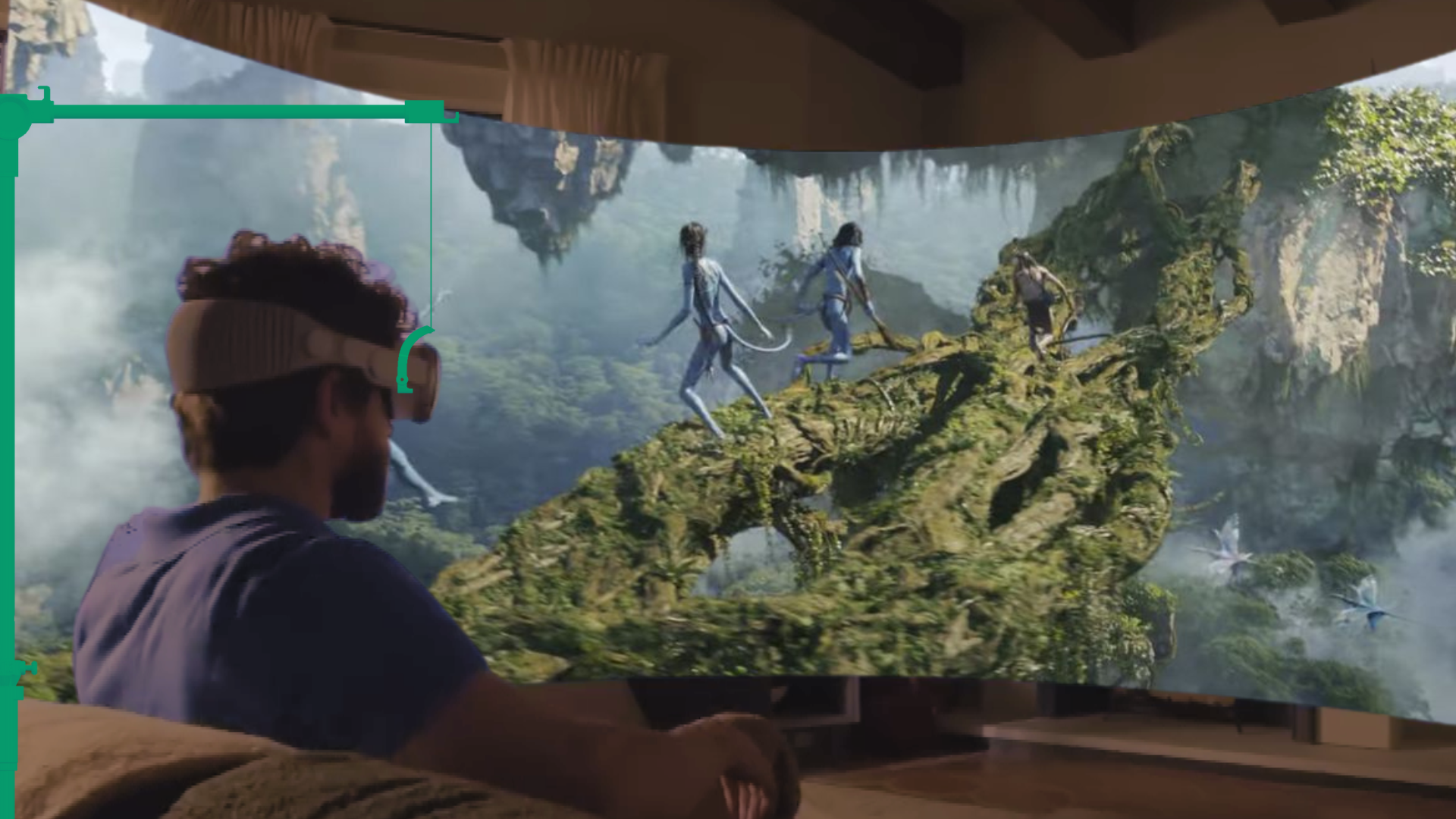
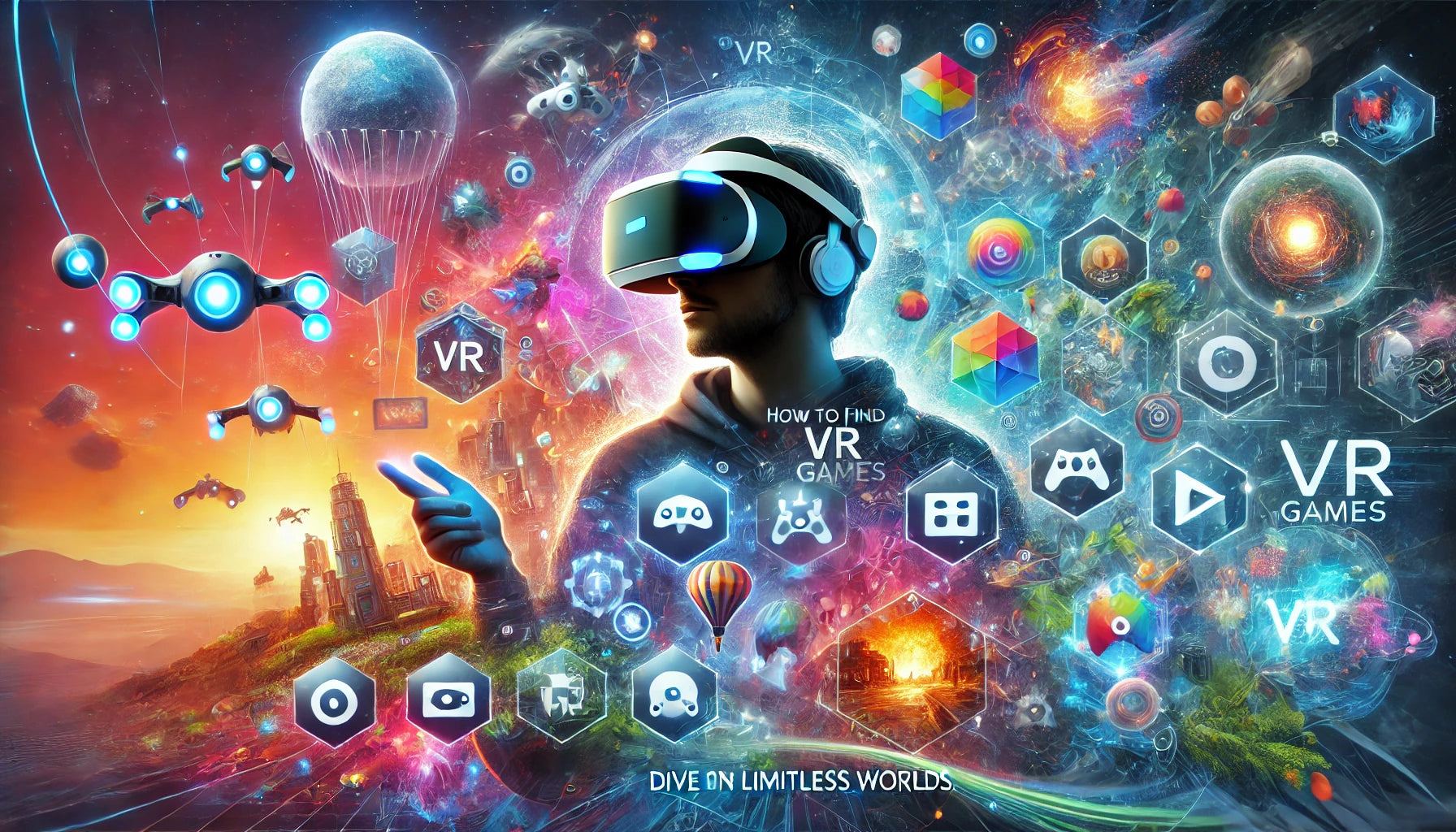
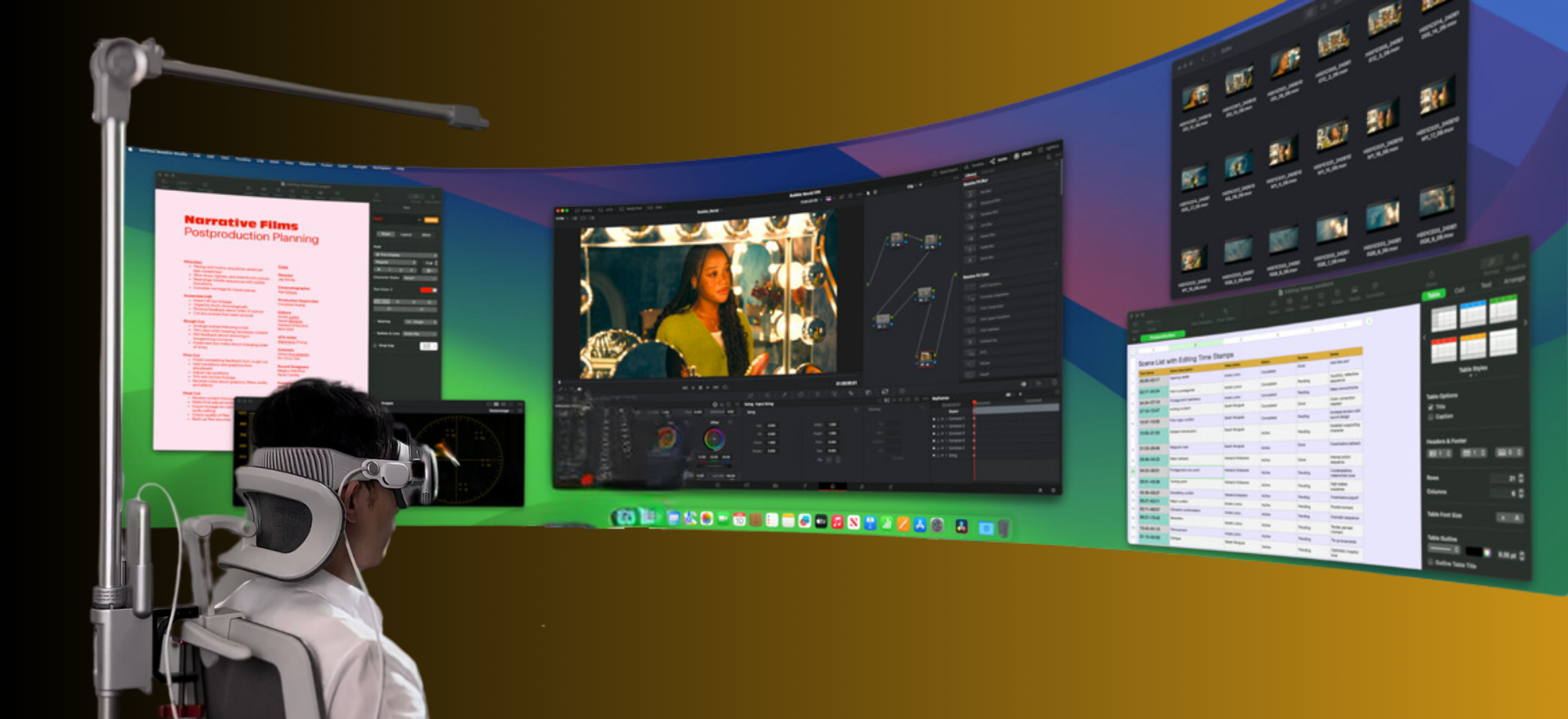
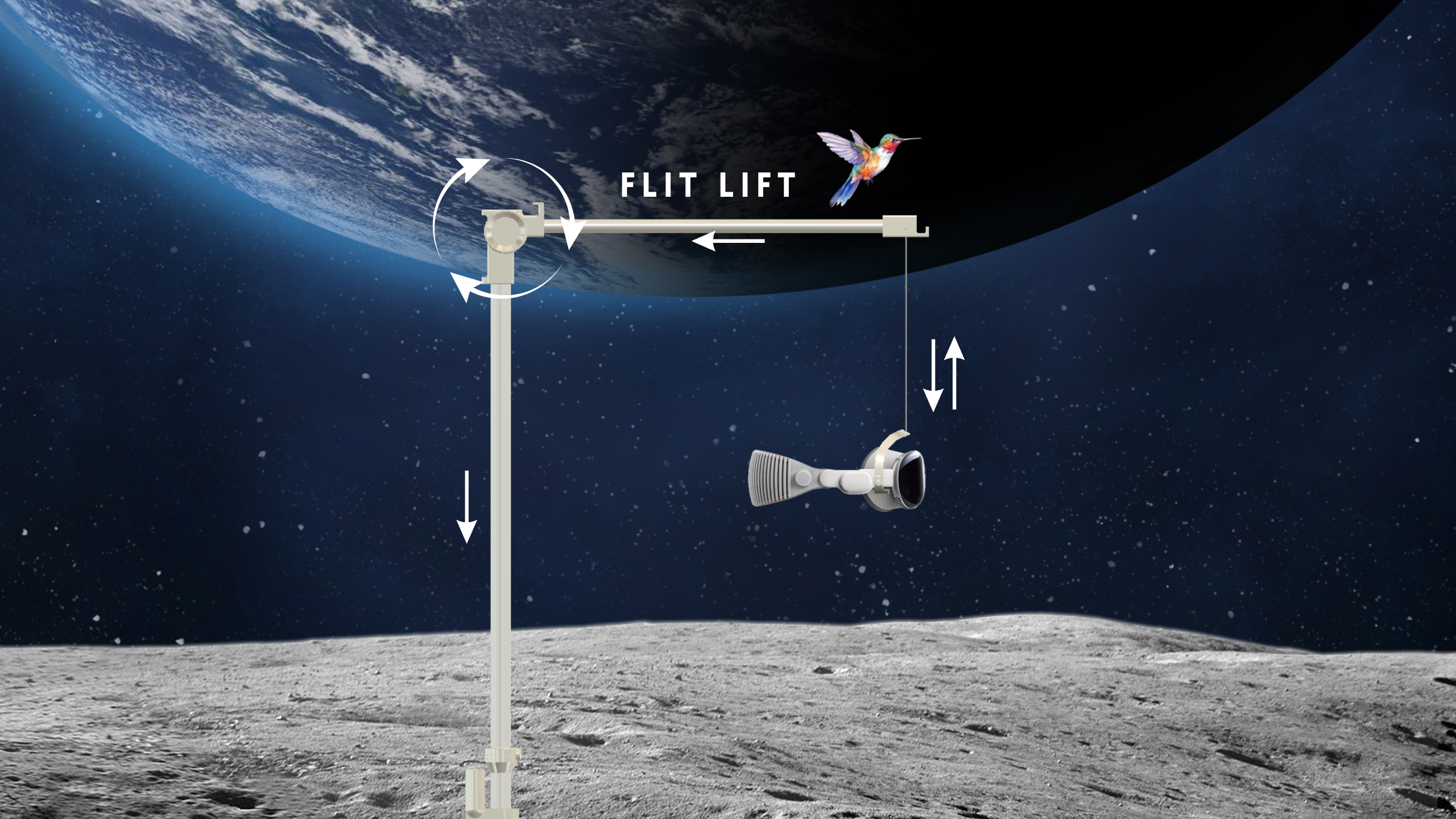

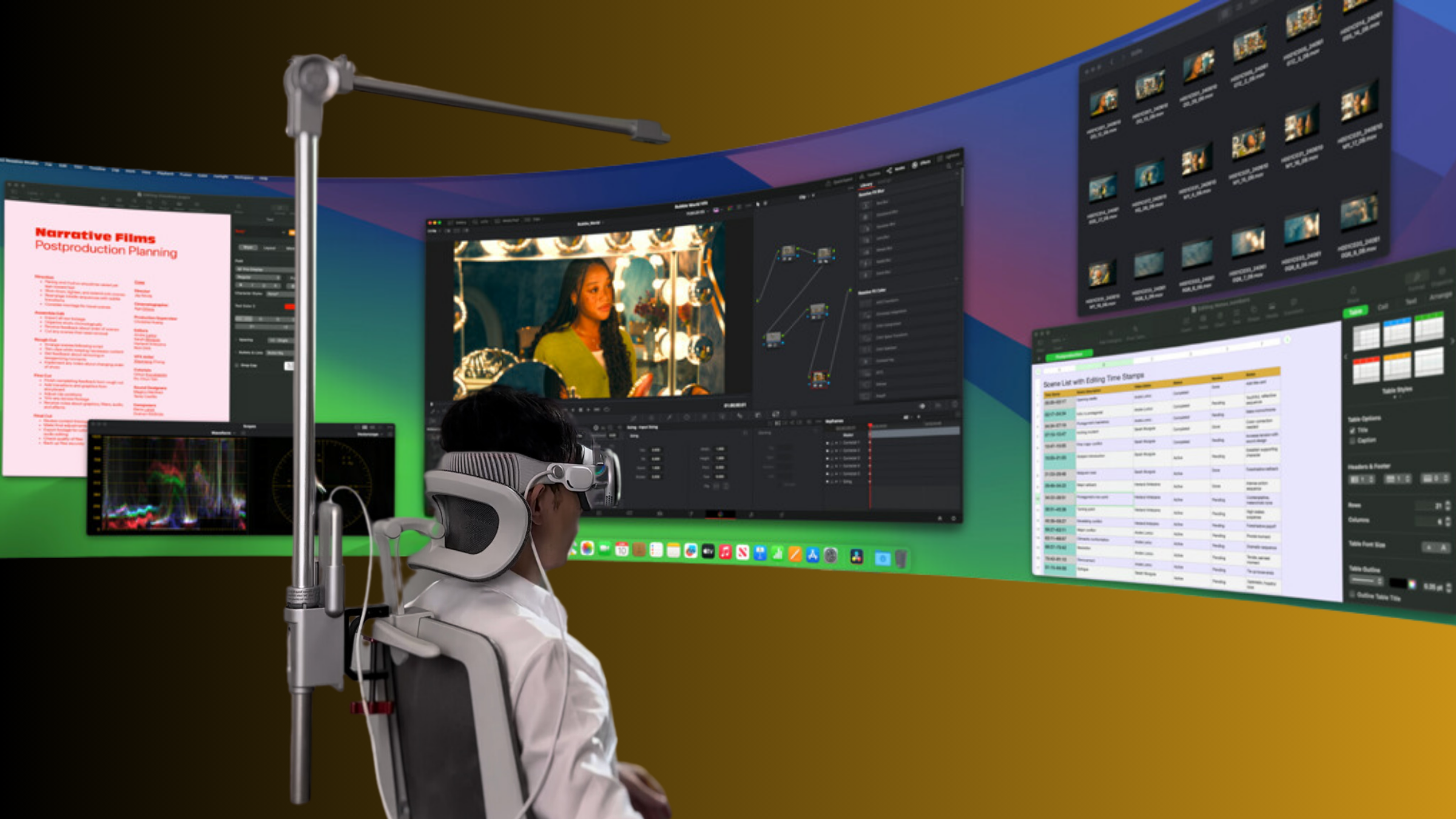

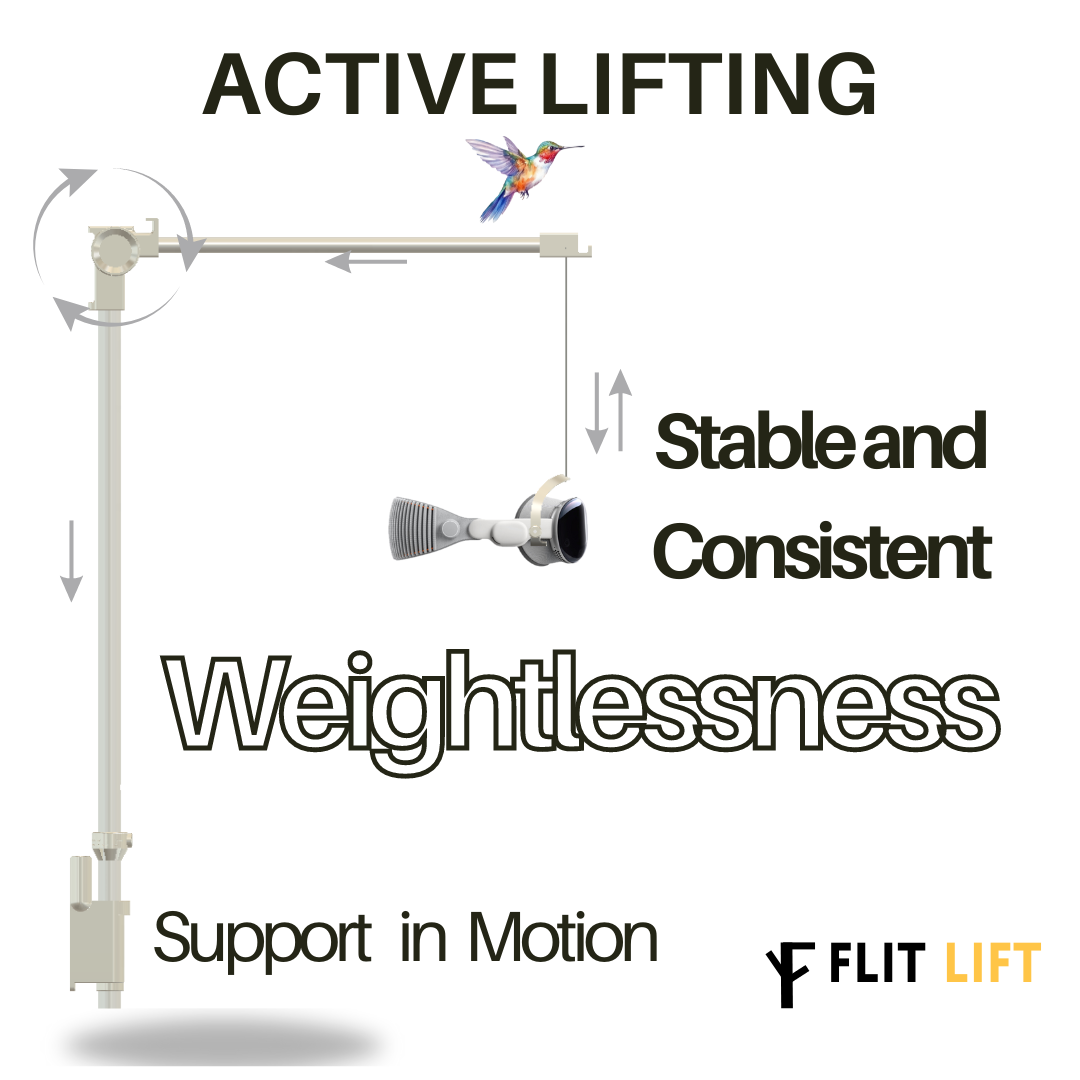


Compartir:
Why Developer Fatigue Shouldn’t Be Ignored in Vision Pro’s Success
Developer Fatigue in VR: Is Vision Pro Pushing the Limits?